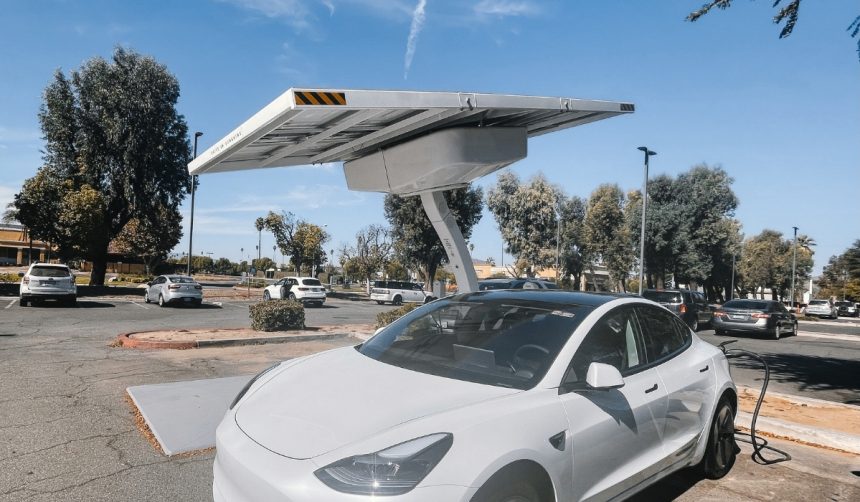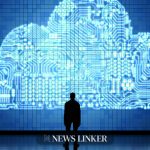Residents in Austin are now seeing a rapidly growing rivalry between two autonomous ridesharing giants: Tesla and Waymo. Tesla has announced a significant enlargement of its Robotaxi operational area, which now covers a much larger portion of the city and its surrounding suburbs. As the competition intensifies, the landscape for driverless ride-sharing services in Texas continues to shift, raising expectations among consumers and stakeholders about the future of autonomous mobility.
Recent developments illustrate that Tesla is continuing its aggressive approach to expanding Robotaxi services. Previously, both companies had been steadily increasing their service areas in direct response to one another’s moves. Earlier updates saw Waymo respond to Tesla’s July expansion by doubling its geofence in Austin, only to see Tesla reclaim the upper hand with its latest, much larger operational zone. Unlike earlier coverage that focused more on downtown corridors, the current expansion reaches further into suburban zones and notably brings areas such as the Gigafactory Texas into Tesla’s service map.
How Does Tesla’s Expansion Compare to Waymo?
Tesla’s Robotaxi service now operates across approximately 171 square miles in Austin, more than double Waymo’s current 90 square mile territory. This marks a clear shift in scale, granting Tesla a broader reach throughout the metropolitan area. The expansion was confirmed after a period of comprehensive vehicle testing in the Austin suburbs, which reportedly preceded this latest service map update.
What Are The Companies Saying About Their Moves?
Waymo, after its recent expansion, described its efforts as vital for increasing rider access to autonomous technology.
“Our operating territory with Waymo expands from 37 to 90 square miles, which means that even more riders can experience Waymo’s fully autonomous vehicles through the Uber app,”
stated Sarfraz Maredia, Global Head of Autonomous Mobility & Delivery at Uber. Tesla, meanwhile, has not issued a recent public statement regarding the new Robotaxi boundaries, but company representatives have previously expressed their intent to pursue methodical, validated rollouts as geographic expansion continues.
What Does Expansion Mean for Austin’s Mobility Landscape?
The increasing coverage presents new mobility opportunities and introduces autonomous vehicles to a larger segment of Austin’s population. In addition to supporting local commutes, the inclusion of locations like Gigafactory Texas highlights the companies’ efforts to integrate industrial, residential, and commercial neighborhoods in their service plans. While some observers express interest in how Waymo may respond, residents now have greater access to alternatives in the city’s mobility network.
The competitive push between Tesla and Waymo in Austin puts the city at the forefront of autonomous vehicle deployment in the United States. Both brands have a history of quick responses and frequent updates to service offerings, positioning Austin as an operational test ground. By extending its Robotaxi coverage so broadly and including areas previously outside autonomous service maps, Tesla may encourage even swifter innovation from rivals, while pressure mounts for robust safety validation and regulatory review. Those monitoring autonomous rideshare growth should watch not only for territorial expansions, but also for progress on consumer acceptance, infrastructure readiness, and seamless multimodal integration over time.
- Tesla expands Robotaxi service to cover 171 square miles in Austin.
- Waymo’s geofenced area now stands at 90 square miles after earlier expansion.
- The rivalry accelerates driverless rideshare access in Texas’s capital city.










